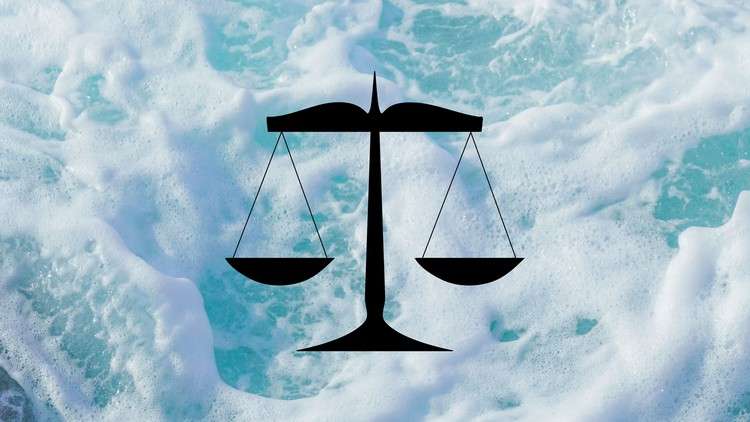
Learn about LOTS topics like Inland waters, territorial sea, continental shelf. contiguous zone, EEZ, high seas etc.
What you will learn
Basics of the Law of the Sea
Rights on freedom of navigation
Exploitation of the resources of the sea
Concept of common heritage of mankind
Description
2/3rd of the planetary surface is filled with sea waters. During the beginning of the 20th century, most of these waters came under the category of global commons. Beginning in the 1950s, states began the process of appropriating for themselves these marine areas that were once part of the global commons. For example: in 1900 the territorial sea was only 3 nautical miles, now it is 12 nautical miles. Concepts like contiguous zone, continental shelf, and EEZ were not in existence and in fact, were not even thought about. With the advances in technology, humans’ ability to exploit the high seas grew in an exponential way prompting nation-states to claim more and more exclusive rights for themselves. With more and more claims of exclusivity, there was an increase in the number of maritime disputes, particularly relating to the delimitation of the continental shelf and archipelagic waters.
Furthermore, with the increase in Global ship traffic, and overfishing, there is also a serious issue of marine environmental degradation. Hence, the United Nations took upon itself the task of consolidating the International Law of the Sea into a comprehensive UNCLOS convention that was concluded in 1983. The convention also provides for a permeant law of the sea tribunal to adjudicate conflicting claims and counterclaims, in fact, the treaty provides for compulsory adjudication of maritime disputes besides preserving the rights of individual nations to resort to an alternate settlement of these disputes by Conciliation, Mediation and Arbitration. In many ways, the UNCLOS convention is a trendsetter. The process of determination of customary international law is one of the most complicated areas in International Law. Mercifully, the UNCLOS convention simplified the learning of international law of the sea.
The convention provides for the establishment of an International seabed authority that would regulate the mining of high seas. The convention also makes a sincere effort to codify the rights of landlocked states and provides for elaborate provisions to regulate the exploitation of non-living and different types of living resources in marine waters. Considering that Global Warming and Climate Change are real threats to humanity, the convention also provides for guidelines to tackle marine pollution and determination of the extent of Archipelagic waters, the convention also provides succinct guidelines on issues like freedom of navigation, right of innocent passage that would include over-flight rights in the air space above international waters, legal regime on internal and international straits, human-made maritime channels, thus, trying to limit the increasing claims of state sovereignty over waters that were once part of global commons.
The existing learning materials on the law of the sea focus mainly on the state practices of big maritime powers who had traditionally set the rules of the game. This course also focuses on the state practices of Asian and African states who became independent in pursuant to United Nations efforts during the second half of the 20th century. Unlike in the 19th and 20th centuries, western powers do not fight between themselves more often by resorting to war. During the birth of the United Nations, there were just 45 sovereign states. now we have about 195 sovereign states, and most of these new states are located in Asia and Africa. In fact, the Afro-Asian region had become a hotbed of serious international conflicts periodically manifested in violent armed conflicts.
The international legal regime is described as a soft legal regime because unlike nation-states states International community lacks a centralized law-making body scheme for effective implementation and compulsory dispute settlement mechanism. The UNCLOS convention addresses each of these deficiencies in a focused way.
Content